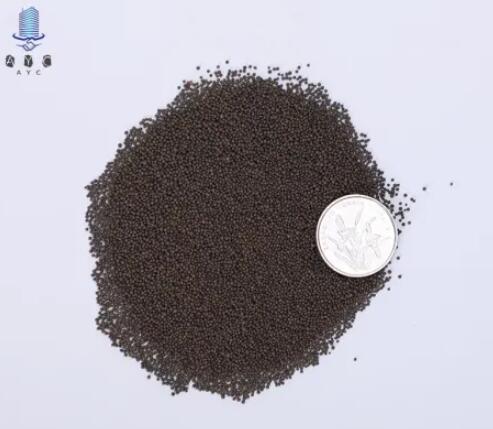Where Can Low Density Ceramic Proppant Be Used Effectively in Industrial Applications?
Low density ceramic proppants have emerged as a vital component in various industrial applications, offering unparalleled efficiency and effectiveness. As a leading supplier of low density ceramic proppants, we understand the significance of this advanced material and its widespread potential in multiple industries. In this article, we will explore the various applications where low density cerami
Low density ceramic proppants have emerged as a vital component in various industrial applications, offering unparalleled efficiency and effectiveness. As a leading supplier of low density ceramic proppants, we understand the significance of this advanced material and its widespread potential in multiple industries. In this article, we will explore the various applications where low density ceramic proppants can be used effectively, highlighting their unique properties and benefits.

1. Hydraulic Fracturing in Oil and Gas Extraction:
One of the primary applications of low density ceramic proppants is in hydraulic fracturing, commonly known as fracking. This technique is used in oil and gas extraction to enhance the productivity of unconventional reservoirs. With their low density characteristic, these proppants easily flow with the fracturing fluid into the wellbore and create fractures in the rock formation. This allows for the efficient extraction of oil and gas, ensuring higher yields and increased production rates.
2. Proppants in Geothermal Energy Production:
Low density ceramic proppants also find their utility in geothermal energy production. Geothermal energy harnesses the natural heat present beneath the Earth's surface to generate electricity. In high-temperature geothermal reservoirs, where conventional proppants may fail due to excessive heat, low density ceramic proppants excel. Their ability to withstand extreme temperatures enables efficient heat transfer, thereby enhancing the overall performance and longevity of geothermal systems.
3. Soil Stabilization in Construction:
The versatility of low density ceramic proppants extends beyond the energy sector. In construction, particularly in infrastructural projects, soil stabilization is crucial to maintain the integrity and strength of the soil. By incorporating low density ceramic proppants into soil stabilization techniques, engineers can prevent soil erosion, improve load-bearing capacity, and mitigate potential structural issues. This not only ensures the longevity of structures but also reduces maintenance costs in the long run.
4. Advanced Filtration Systems:
Low density ceramic proppants are widely used in advanced filtration systems due to their high strength and resistance to chemical corrosion. These proppants serve as an effective filtering medium, capable of removing impurities and contaminants from various fluids. Industries such as water treatment, chemical processing, and pharmaceutical manufacturing greatly benefit from the use of low density ceramic proppants, as they enable efficient and reliable filtration processes.
5. Proppants in Aerospace Applications:
The aerospace industry relies on materials that can withstand extreme conditions, including high temperatures and pressures. Low density ceramic proppants have gained prominence in aerospace applications due to their exceptional heat resistance and mechanical strength. They are extensively used in rocket engine nozzles, thermal protection systems, and insulating materials for space shuttles and satellites. These proppants play a crucial role in ensuring the structural integrity and reliability of aerospace components.